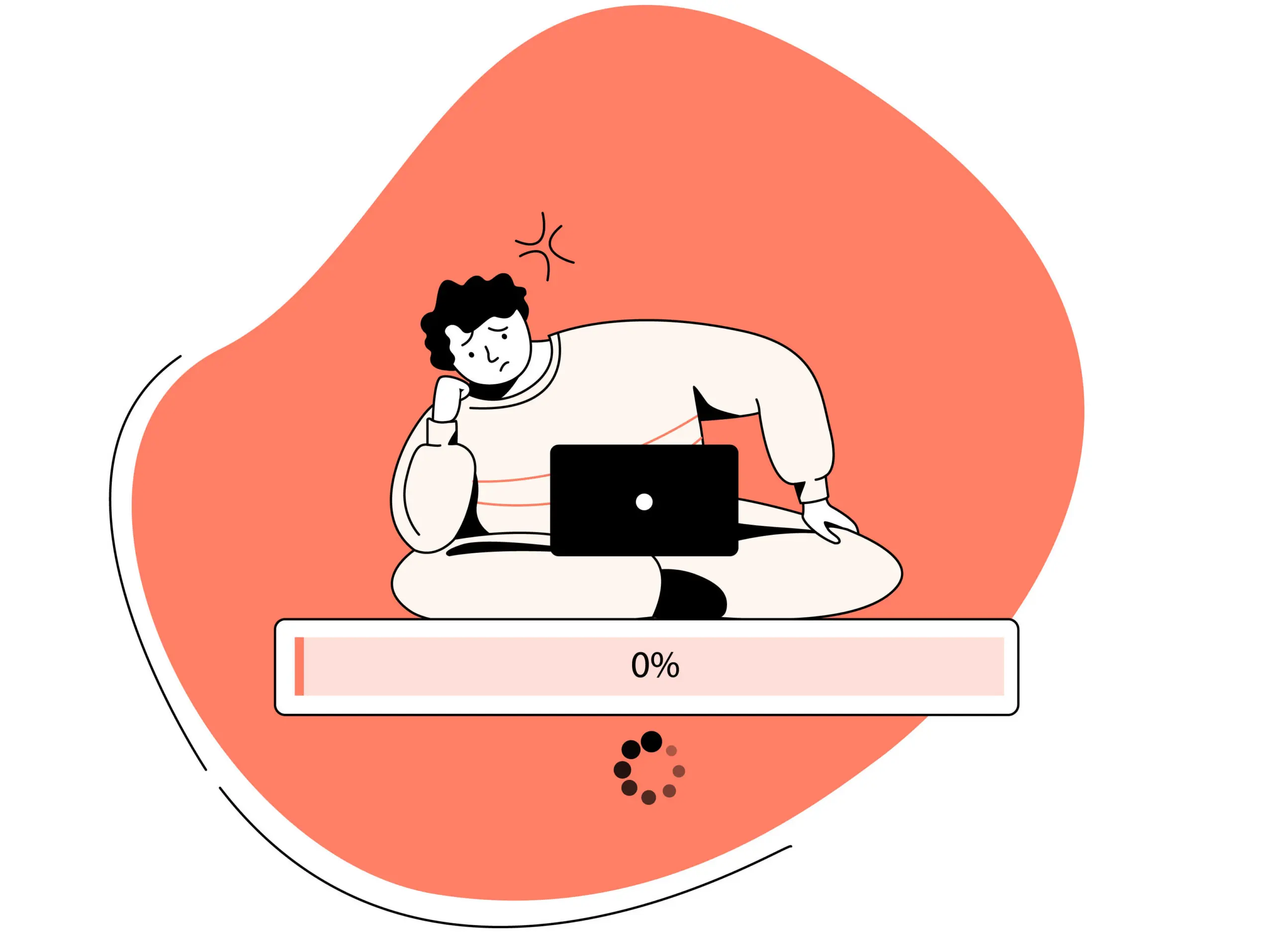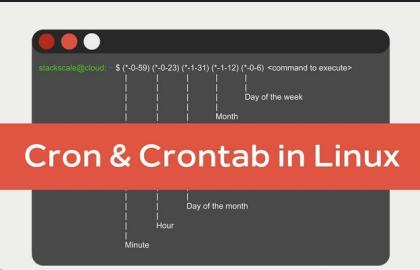
Building a chat website like CodyChat, designed for real-time communication, community engagement, or customer support, can be an exciting venture. However, many first-time developers and entrepreneurs make critical mistakes that hinder their website’s success. To help you avoid common pitfalls, here’s a comprehensive guide on what not to do when starting your CodyChat website, based on industry insights and best practices.
1. Neglecting User Experience Design
- Mistake: Focusing solely on functionality and ignoring user interface (UI) and user experience (UX) design.
- Why to Avoid: A poorly designed interface can frustrate users, leading to high bounce rates. For example, if your chat widget is hard to find or clunky on mobile devices, users are less likely to engage.
- What to Do Instead: Prioritize a clean, intuitive UI with a responsive design that works seamlessly across devices. Ensure chat buttons are prominent and navigation is straightforward. Test your design with real users to identify pain points early.
2. Ignoring Mobile Optimization
- Mistake: Building a website that’s not optimized for mobile users.
- Why to Avoid: Over 50% of web traffic comes from mobile devices, and chat apps are often used on the go. A non-responsive website or chat widget can deter users and hurt your search engine rankings.
- What to Do Instead: Use a mobile-first design approach, ensuring your chat interface is touch-friendly and loads quickly on smartphones. Test your website on various screen sizes and use tools like Google’s Mobile-Friendly Test to verify compatibility.
3. Overloading with Features
- Mistake: Adding too many features at launch, such as complex integrations, excessive customization options, or unnecessary animations.
- Why to Avoid: Feature overload can confuse users, slow down your website, and increase development costs. It also risks introducing bugs that frustrate early adopters.
- What to Do Instead: Start with a minimum viable product (MVP) that includes core features like real-time messaging, group chats, or basic customer support tools. Gradually add features based on user feedback and demand.
4. Skimping on Security and Privacy
- Mistake: Neglecting security measures like end-to-end encryption or failing to comply with data privacy regulations (e.g., GDPR, CCPA).
- Why to Avoid: Chat websites handle sensitive user data, and security breaches can erode trust and lead to legal consequences. For instance, a lack of encryption could expose user messages, driving users away.
- What to Do Instead: Implement robust security protocols, such as HTTPS, secure WebSocket connections, and encryption for messages. Clearly communicate your privacy policy and ensure compliance with relevant regulations.
5. Underestimating Scalability Needs
- Mistake: Choosing a tech stack or hosting solution that can’t handle growth in user traffic or message volume.
- Why to Avoid: A chat website like CodyChat requires real-time performance, and a server crash during peak usage can alienate users. For example, a basic shared hosting plan may buckle under thousands of simultaneous connections.
- What to Do Instead: Use scalable technologies like Node.js with WebSockets or Firebase for real-time communication. Opt for cloud-based hosting (e.g., AWS, Google Cloud) that can scale dynamically with user demand.
6. Ignoring App Store and SEO Optimization
- Mistake: Failing to optimize your website or companion mobile app for search engines and app stores.
- Why to Avoid: Without proper optimization, your CodyChat website will struggle to attract organic traffic. For example, neglecting keywords like “chat app” or “real-time messaging” can bury your site in search results.
- What to Do Instead: Conduct keyword research and implement App Store Optimization (ASO) for mobile apps and Search Engine Optimization (SEO) for your website. Use descriptive titles, meta tags, and relevant keywords to improve discoverability.
7. Overlooking Cross-Platform Compatibility
- Mistake: Building a chat website that doesn’t integrate with other platforms or devices.
- Why to Avoid: Users expect seamless access across web, iOS, Android, and even social media platforms like WhatsApp or Facebook Messenger. Limiting compatibility can reduce your user base.
- What to Do Instead: Develop a cross-platform strategy, ensuring your chat website works with major browsers and integrates with popular messaging platforms or business tools like CRMs. Test compatibility rigorously before launch.
8. Failing to Test with Real Users
- Mistake: Launching without beta testing or gathering user feedback.
- Why to Avoid: Unidentified bugs or usability issues can lead to poor first impressions, causing users to abandon your website. For example, a chat widget that fails to load properly can frustrate potential users.
- What to Do Instead: Conduct beta testing with a small group of users to identify issues. Use tools like heatmaps or session recordings to understand user behavior and refine the experience before a full launch.
9. Neglecting Marketing and Promotion
- Mistake: Assuming users will find your chat website organically without marketing efforts.
- Why to Avoid: Even the best chat website will struggle to gain traction without promotion. Relying solely on “build it, and they will come” can lead to low visitor numbers and slow growth.
- What to Do Instead: Develop a marketing plan that includes social media campaigns, content marketing (e.g., blogs, videos), and targeted ads on platforms like X or Facebook. Consider referral programs or incentives to attract early users.
10. Ignoring Analytics and Performance Metrics
- Mistake: Not tracking user behavior or website performance after launch.
- Why to Avoid: Without analytics, you can’t identify what’s working or where users are dropping off. For example, if your chat response time exceeds 1 minute 35 seconds, users may disengage, but you won’t know without tracking.
- What to Do Instead: Integrate analytics tools like Google Analytics to monitor metrics like chat initiation rates, bounce rates, and user retention. Use these insights to optimize your website and improve user engagement.
11. Underestimating Customer Support Needs
- Mistake: Failing to provide adequate support for users encountering issues with your chat website.
- Why to Avoid: Poor support can lead to negative reviews and user churn. For instance, if users can’t resolve login issues quickly, they may abandon your platform.
- What to Do Instead: Offer multiple support channels, such as a help center, email, or live chat (ironic but effective). Implement AI-powered chatbots to handle common queries during off-hours and ensure human agents are available for complex issues.
12. Copying Competitors Without Differentiation
- Mistake: Mimicking established chat platforms like Slack or WhatsApp without offering unique features.
- Why to Avoid: Users have little reason to switch to your CodyChat website if it feels like a clone of existing platforms. Lack of differentiation makes it hard to stand out in a crowded market.
- What to Do Instead: Identify a niche or unique selling point, such as enhanced privacy, specialized community features, or integrations tailored to a specific industry. Highlight these in your marketing and UI.
Conclusion
Starting a CodyChat website is a promising endeavor, but avoiding these common mistakes is crucial for success. By prioritizing user experience, security, scalability, and marketing while steering clear of feature bloat, poor optimization, and inadequate testing, you can build a chat website that attracts and retains users. Take a strategic approach, focus on your audience’s needs, and iterate based on feedback to create a thriving platform that stands out in the competitive world of real-time communication.
Leave a comment
Your email address will not be published. Required fields are marked *








